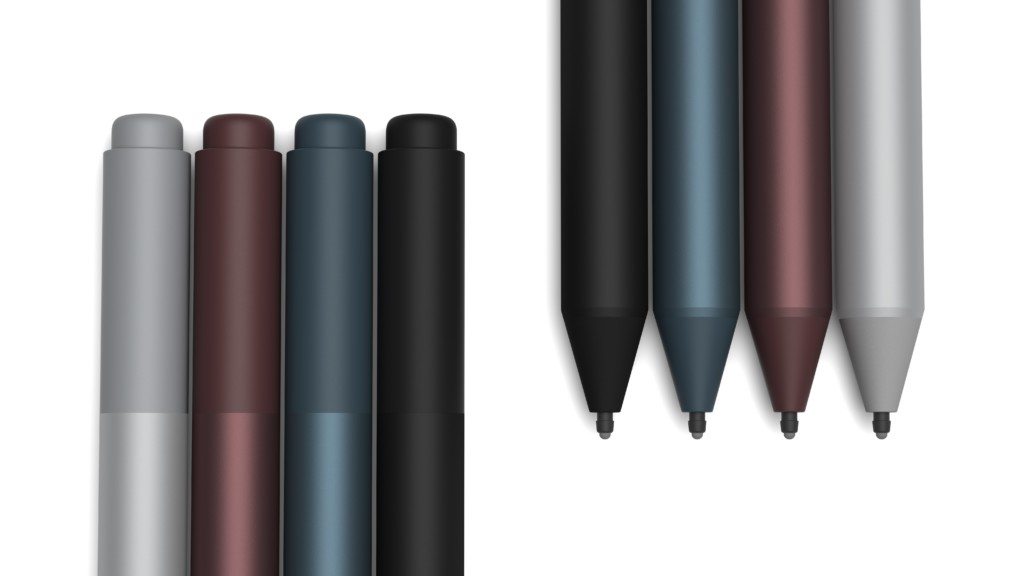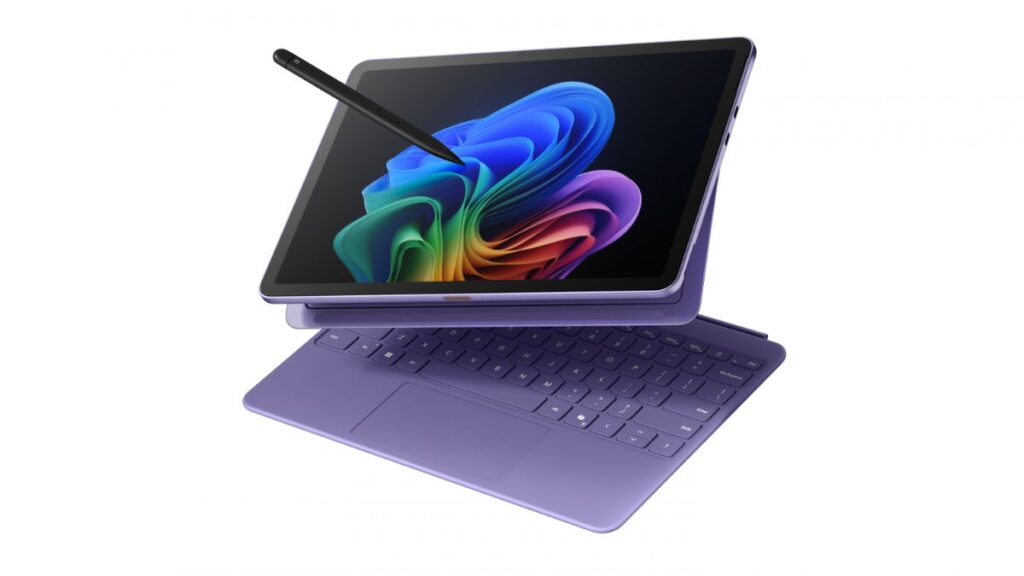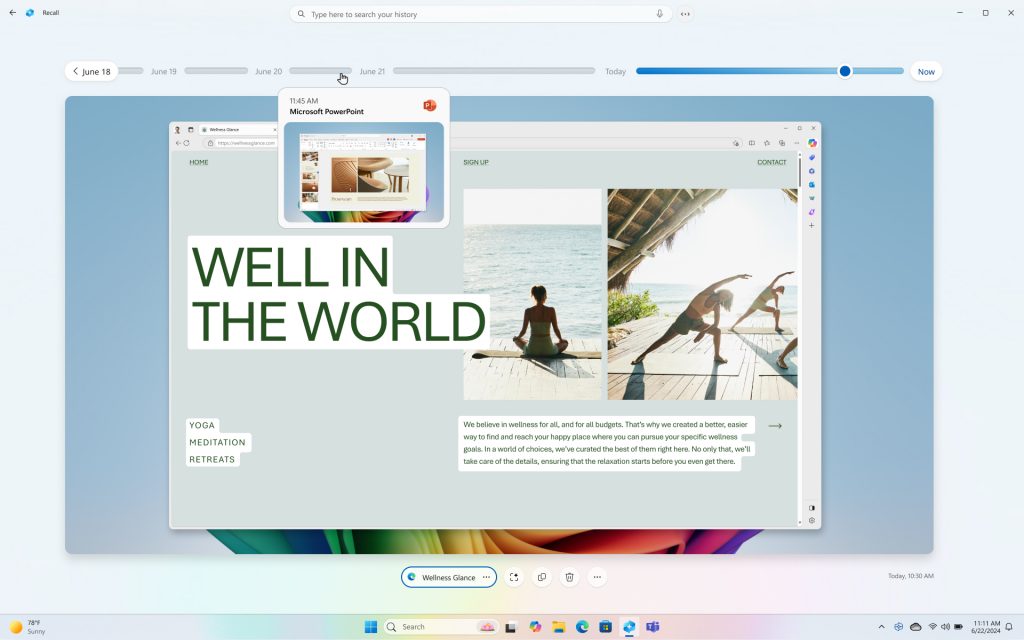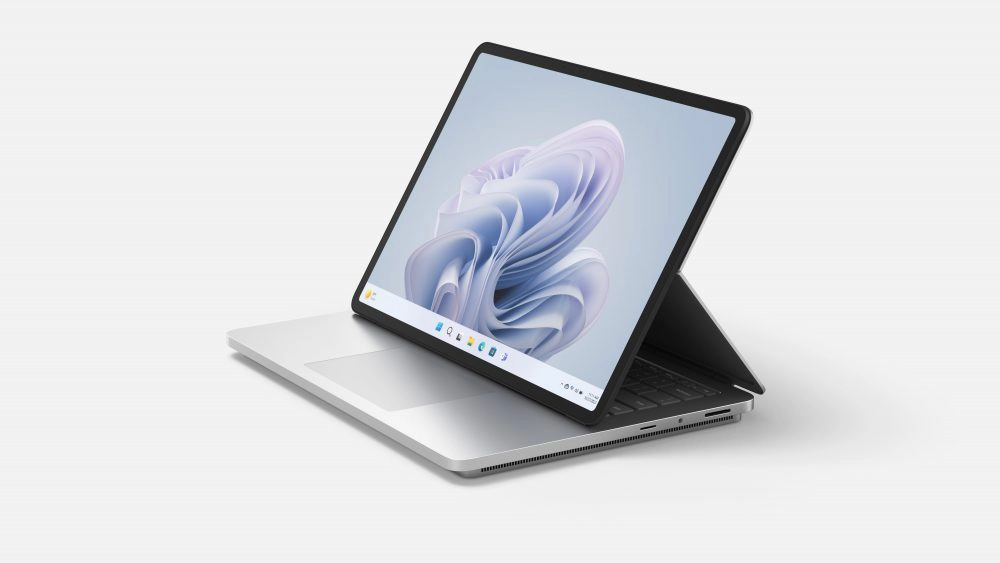Until now, I haven’t been a huge fan of the Surface Pen. I’ve drawn the occasional sketch just for the sake of playing around with the artistic side of the Surface Pro and Surface Pen, but I never truly embraced it as a productivity tool or primary means of interacting with the computer. Mostly I got annoyed with the loop tag method of storing it. The magnet is an improvement, but I’m still always paranoid I’m going to knock it off and lose it. The new Surface Pen, however, has changed my mindset and has transformed the way I take notes and work with the Surface Pro.
The Surface Pen has been around since the launch of the initial Surface Pro in 2012. It was built using technology from Wacom, which has been doing digital pens long before Microsoft was in the 2-in-1 hybrid market. The Surface Pen provided some unique potential for the tablet-cum-laptop, but it was still more or less a novelty – at least for me.
I have used every model of the Surface Pro since the initial launch, and I have carried around the Surface Pen since 2012. I have rarely used it, though, until now. The new Surface Pen that Microsoft rolled out this year alongside the launch of the latest Surface Pro is a game changer. It may look like the same pen from the outside, but there are significant updates to the Surface Pen itself, as well as sweeping changes in Windows and across Microsoft Office applications that integrate the device more seamlessly into the computing experience.
Back in May I spoke to Jared Spataro, General Manager of Office for Microsoft, about the Surface Pen. He explained that the goal for Microsoft was to make using the Surface Pen with a Surface device better than a traditional pen and paper. He told me, “Not only does it allow you to do all of the things you can do with paper – it gives you a variety of tools and features that paper can’t provide.”
While there is still something viscerally satisfying about old-fashioned pen and paper, the improvements in hardware and software combined with features that are unique to the digital experience do make it better in many ways. Some of those features and benefits have existed for years, but were not enough in and of themselves to convince me to use the Surface Pen on a regular basis. The thing that changed for me is the hardware.
The new Surface Pen has four times the sensitivity of its predecessors – 4096 points of pressure compared to 1024. Microsoft also reduced the amount of force required to activate the tip and increased the tilt angle to allow for a more natural experience when drawing and shading.
One of the things Microsoft focused on with the new Surface Pen is latency. In order to accurately emulate a pen and paper, the Surface Pen has to “flow” as effortlessly as an old-fashioned pen. Microsoft claims, “The new Surface Pen more than doubles the accuracy of the previous version, and with latency so low it is virtually imperceptible to the human eye, making it twice as responsive as the Apple Pencil.”
Check out the full story on Forbes: Why The New Surface Pen Finally Converted Me To Digital Ink.
- Why Data Security Is the Real AI Risk - June 30, 2025
- Why Being Bold Matters in Cybersecurity—and Branding - June 3, 2025
- Gear Tested and Approved: My Top Picks for Dads and Grads This Season - May 28, 2025



